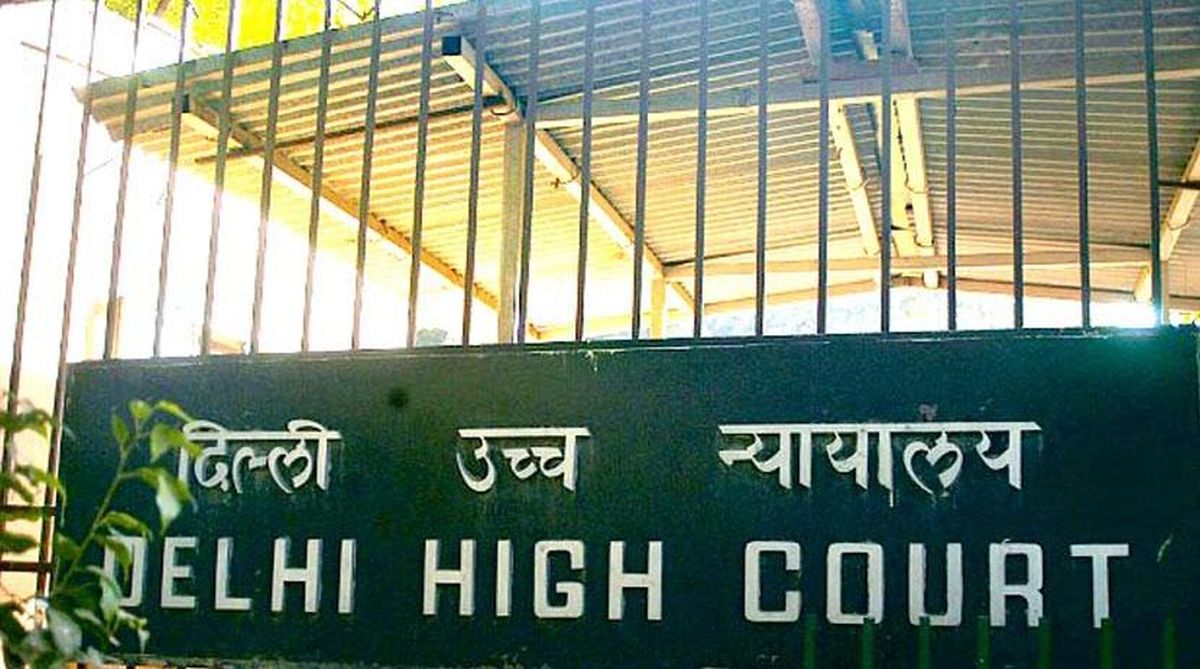Delhi HC summons SpiceJet CEO, COO after failure to pay lessors
The bench "specifically denied" the request of the counsel for judgment debtor, SpiceJet, for the appearance of the two senior officers before the court through video conferencing.

Delhi High Court. (File Photo: IANS)
Intense public pressure, extensive media coverage and the wishy-washy stance of the authorities have combined to influence the Delhi High Court to look beyond destruction of an estimated 16,500 trees to make way for high-rise apartment complexes in six government colonies in South Delhi, and question the concept of “re-development” itself.
It is not surprising that after the sustained protest from civil society, the battleground has been extended to Pragati Maidan and to a section of Sundar Nagar where a loop to a flyover it being built.
Advertisement
Faced with probably unprecedented civil dismay, the minister for urban affairs claims to support such protest action. Critics wonder if he had any option ~ but also what are his plans now that there will no renewing the expired leases for what he opts to describe as “exclusive” facilities such as the Delhi Race Club, Jaipur Polo Ground and the elite Santushuti shopping complex.
Advertisement
It is of minor consequence that those areas happen to be “defence land”, or if multi-storeyed construction will be permitted in the vicinity of the Prime Minister’s residence: the reality is that the now little utilised Safdarjang airfield and adjacent areas serve as a critical “lung” to a city gasping for breath.
Will the junking of the Race Club be extended across the road to the bureaucrat/defence personnel dominated Delhi Gymkhana Club? Asserting that “we can’t leave Delhi to die” the Delhi High Court went beyond the vandalism of trees and asked what plans were in hand to cater to the impact of the more dense population that accompanies high-rise residences such as garbage disposal, water and electricity supply, sewage, drainage ~ and that modern curse, parking.
And in an already polluted atmosphere, the dust raised by huge construction cannot be trivialised. The Court took particularly serious note of resultant traffic congestion near the two premier medical facilities and quizzed the authorities on how they would avert further congestion.
Now both the CPWD and the NBCC are on the spot, they cannot wriggle out of the situation claiming they were mere construction agencies. Of course the prime accused remain the urban affairs ministry, the DDA, and to an extent the now virtually irrelevant Town & Country Planning Organisation.
When wondering why housing could not be provided in areas on the fringes of the urban jungle, the court threw a spanner in the works of that over-used term “development”.
What does it really mean in an urban context? It may be pure coincidence since this is the monsoon season, but the authorities have got the message: hence the fanfare over planting 32 lakh trees as a “dust barrier” around the city.
Trouble is, even they expect 35 per cent of them not to survive ~ and there are no statistics to show how many attain maturity. The “green explosion” could result in the aroused citizens frequently seeing “red”.
Advertisement